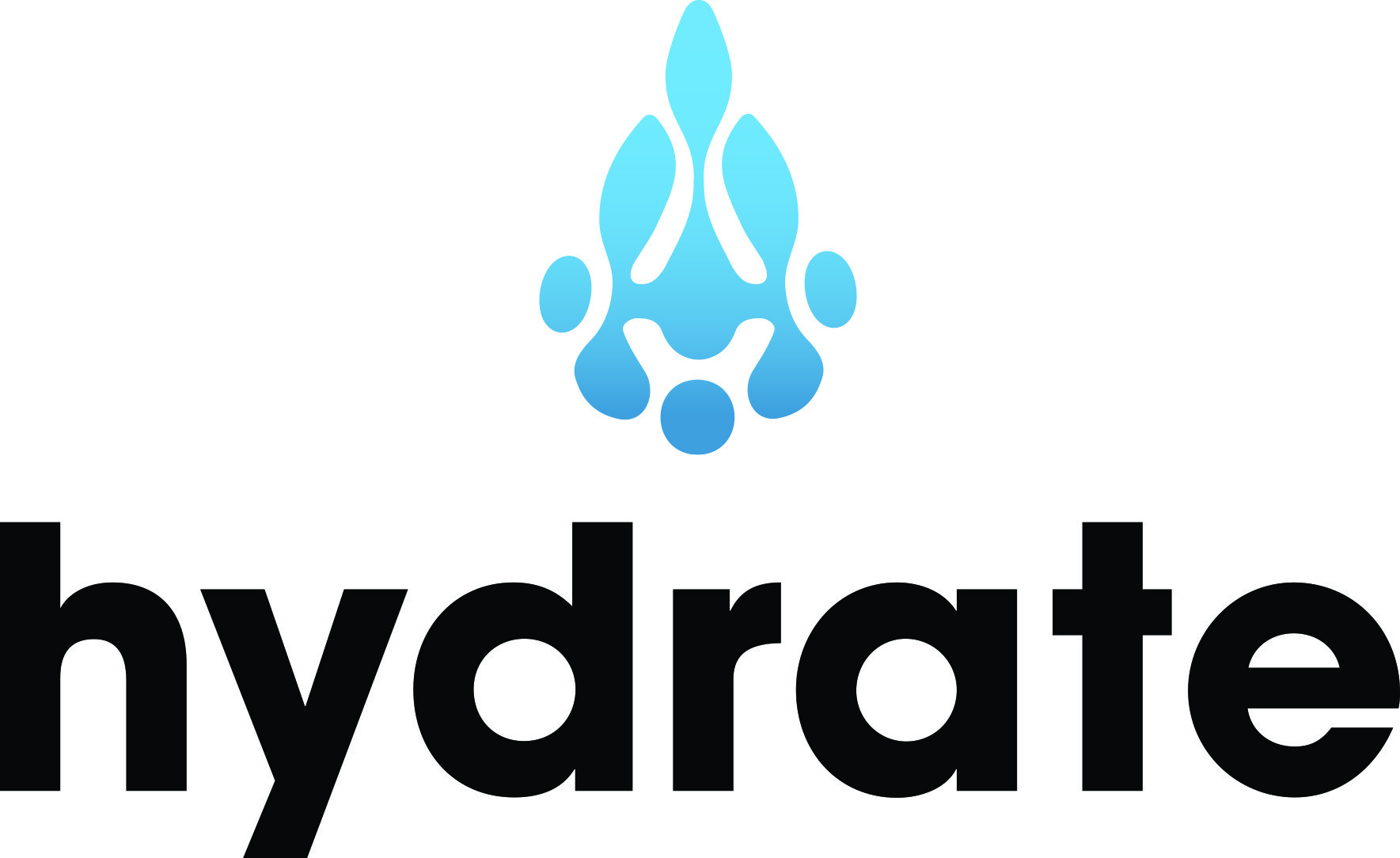If you’re in sales or business development, optimizing your personal brand is a necessity because so much of the sales cycle takes place online these days. But regardless of whether you’re in sales or not, optimizing your personal brand makes good sense in a world where people increasingly distrust corporations and are more interested in getting to know the individuals behind the brand.Much like a corporate brand, a personal brand uses imagery, messaging, and stories to evoke a lasting impression of who you are, what you stand for, what you’re passionate about, and what experience and expertise you bring to the table. Your personal brand can help you stand out in a crowd of job searchers with similar education, experience, and skills, and it can provide more reasons for connecting with you to leads, prospects, peers, customers, and stakeholders.
If you haven’t worked on or formalized your personal brand, starting with optimizing your LinkedIn profile should be on the top of your list. Here are the steps you should take in this process -
Upload a professional photo and a background image
Did you know that having a professional photo in your LinkedIn profile will generate, on average, 13 times more visits? People love to put a face to a name and robbing them of that opportunity by not having a photo on your LinkedIn profile puts you at a disadvantage in several ways. But better than having just any photo, like a bad selfie, is posting a professional photo that tells the world you have it together, you mean business, and you’re confident enough to put yourself on display.
At the same time, upload a high-resolution photo or graphic as your background image. This can be really fun and interesting because it gives you a visual way to show what you’re passionate about, even outside of work. It makes a great contrast to show your serious self in a profile photo and then use something casual outside of work to show the depth and breadth of your interests, like skiing, hiking, playing chess, or sitting by the ocean.
Change your job title to a description of your value
LinkedIn will grab your job title from your latest work “Experience” and place it in your intro headline at the top of the page. However, you can edit the headline and replace your job title with a description of what you do and the value you deliver. Visitors can always scroll down to see where you work and what your job title is, but using this valuable real estate for promoting your personal brand may be a better option. Using up to 25 words or 185 characters with spacing, describe what you do in a compelling way using strategic keywords that will help you be found by your target audience.
Optimize the “About” section of your LinkedIn profile
The “About” section of your LinkedIn profile is probably the single best place to tell the world about who you are, what you do, what you’re passionate about, and why you’re a good fit for potential employers, prospects, and customers. Most people don’t take the time to elaborate on themselves in this section, so doing so will elevate you to the 1% of LinkedIn members who have really taken their profile seriously.
The best way to approach optimizing this area is to break it down into categories. Using strategic keywords that will help you be found by relevant searches, use these categories as separate paragraphs of your “About” section:
- Your Passion – In the first paragraph tell people what you’re passionate about. Beyond your job title and employment experience, you’ll benefit from showing potential employers and customers what gets you excited and what drives you to do the things that you do in the course of delivering value to your customers, coworkers, and stakeholders. It’s this type of insight that will differentiate you from others who possess similar education, job titles, and work experience.
- Your Strengths – For most of us it’s counterintuitive and uncomfortable to talk about what we’re good at. Let’s face it, we’re not all like those obnoxious friends of ours who can’t talk about anything but themselves…. But, with some thought and self-reflection, we can all come up with a list of things we’re good at. Begin by describing your greatest strength in a macro way that focuses on the value you deliver, then follow it up with a sentence or two that contains more examples and short lists within sentences. Much like describing your passion, describing your strengths will give visitors more insight into what makes you unique.
- Scenarios – After you’ve detailed your passion and strengths, develop a list of four or five scenarios within which you’ve used your strengths successfully. For example, if your greatest strength is digital advertising, you may say that you’ve “Drove 5% conversion with detailed targeting”, or “Created cross-media campaigns that drove 482 leads to sales”, or “Promoted short form videos on Tik-Tok to advance brand awareness.” Giving visitors scenarios will help them envision how they can work with you, or how you can work for them.
- Specialties – In this section, simply create a list of things that you consider to be the activities that you excel in. Not only will this give more insight into what you bring to the table, but it presents an opportunity to add valuable keywords to your LinkedIn profile. In the same way that keywords are an important component of driving organic search traffic to your website, relevant keywords can drive search traffic to your LinkedIn profile.
Licenses and certifications
Much like a website visitor, LinkedIn visitors are likely to spend more time near the top of your profile. But there are important sections farther down the page that give you opportunities to build your personal brand. It’s always great to add work-related licenses and certifications and it’s also revealing to show the ones that you have outside of work. For example, you may be certified as a PSIA ski instructor or have taken CPR/AED for Professional Rescuers by the American Red Cross. Visitors will get a sense for the type of person you are by getting some insight into your passions outside of work.
Volunteering
Most of us have volunteered for something at one time or another. Some of these experiences may seem inconsequential to you, but you never know what will resonate with a search firm or prospect who is considering developing a relationship with you. Even if you’re tenure as a volunteer was short-lived or even a single event, it’s worth including in your profile.
Most of the other sections within your LinkedIn profile are factual and should be up to date and accurate, but the above sections are where you should spend time developing, updating, and being creative with your personal brand. Some people worry about having too much information, but an optimized profile rich with experience and keywords is always more engaging than one that’s minimal and lackluster.
Celebrate Your Accomplishments!
All of your social media profiles should be optimized to convey and support your personal brand, but starting with LinkedIn is the first step to letting the world know who you are, what you like to do, and why they should get to know you. You’ve worked hard to get where you are. Celebrate yourself, and invite the world to your celebration!








